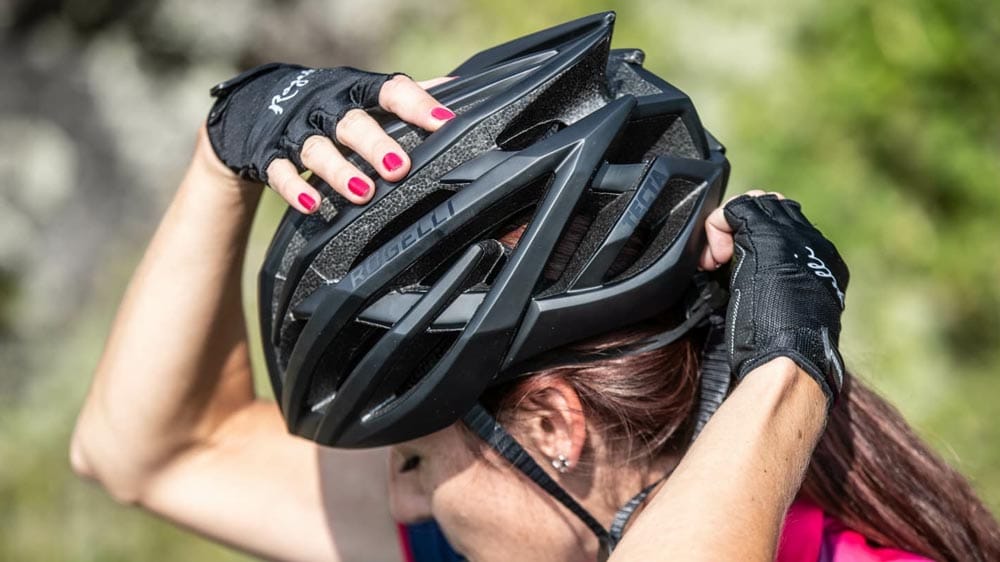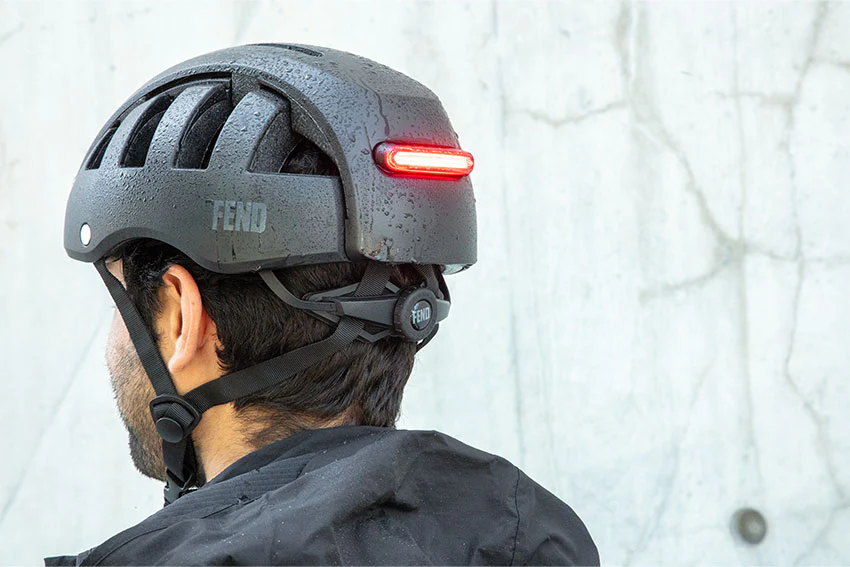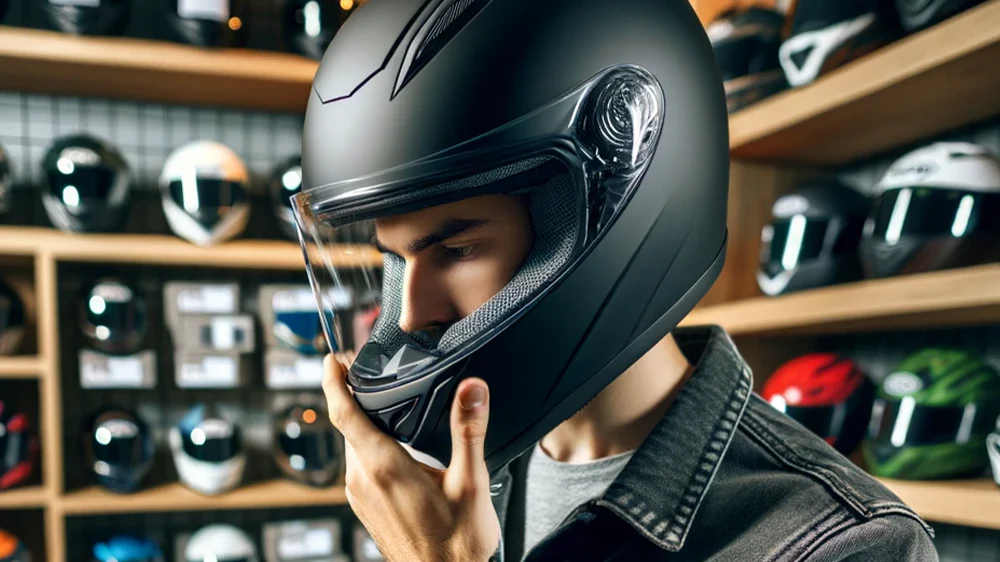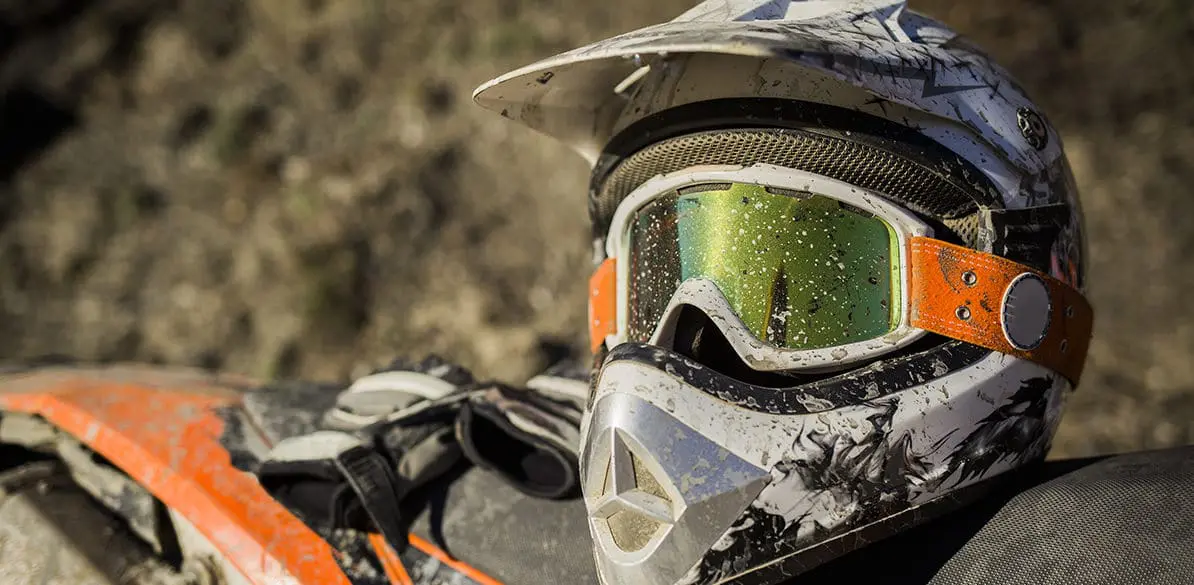When it comes to cycling, one of the most important pieces of gear is the road bike helmet. For road cyclists, a good helmet isn’t just about safety—it’s about comfort, performance, and even style. Road bike helmets are specifically designed to meet the needs of cyclists who ride long distances on smooth, paved roads. If you’re looking for the perfect helmet for road cycling, this guide will help you make the right choice to ensure both safety and comfort.
Why Road Bike Helmets Are Important
Road biking can be fast, and it involves riding on roads with cars, traffic, and various obstacles. A helmet can protect your head in case of a fall or crash, which is why wearing one is crucial. In fact, studies have shown that wearing a helmet can reduce the risk of head injury by up to 85%. Road bike helmets are specially designed to be lightweight, aerodynamic, and breathable—helping cyclists perform at their best while staying safe.
Features of a Road Bike Helmet
-
Lightweight Design
Road bike helmets are designed to be light so that they don’t weigh you down during long rides. A heavy helmet can make your neck tired and uncomfortable. Look for helmets that weigh under 300 grams for the best performance. -
Aerodynamic Shape
Speed is important for road cyclists, and aerodynamic helmets help reduce drag, allowing you to go faster with less effort. These helmets have smooth, streamlined shapes that improve airflow and make them more efficient for high-speed riding. -
Ventilation
Road biking can be physically demanding, especially on hot days. A good road bike helmet will have plenty of ventilation holes to allow air to flow through, keeping your head cool and comfortable. Look for helmets with large, strategically placed vents to maximize airflow. -
MIPS Technology
MIPS stands for Multi-directional Impact Protection System. It’s a safety feature that helps reduce rotational forces on the brain in the event of a crash. Helmets with MIPS provide extra protection, which is especially important if you’re riding at high speeds. -
Proper Fit
A road bike helmet should fit snugly on your head without being too tight. It should stay in place during a ride and not shift around. Many helmets come with an adjustable dial or straps to help you find the perfect fit. A proper fit ensures maximum safety and comfort. -
Safety Standards
It’s essential that the helmet meets safety standards like the Consumer Product Safety Commission (CPSC) in the U.S. or the European EN 1078 standard. These certifications ensure that the helmet has been tested and proven to provide the protection needed during a crash. -
Helmet Padding
Road bike helmets come with padding inside for comfort and shock absorption. These pads should be removable and washable to keep the helmet fresh and clean. The padding also helps provide a better fit by preventing the helmet from slipping around.
Types of Road Bike Helmets
-
Race Helmets
Race helmets are built for speed. They are lightweight and aerodynamic, designed for cyclists who are competing or pushing themselves to go as fast as possible. These helmets are often slim and feature minimal padding to reduce weight. -
Endurance Helmets
Endurance helmets are designed for long-distance riders who want comfort over speed. They offer more ventilation and slightly more padding than race helmets, making them ideal for cyclists who are out on the road for hours at a time. -
Time Trial Helmets
These helmets are designed specifically for time trials and triathlons, where every second counts. They are extremely aerodynamic, with a sleek design that reduces drag. However, they might not be as comfortable or breathable as other road helmets. -
Commuter Helmets
Commuter helmets are great for people who bike to work or for short daily rides. They’re generally more comfortable and practical than race helmets, with more ventilation and features like built-in lights or reflectors for visibility.
How to Choose the Right Road Bike Helmet
-
Determine Your Riding Style
If you’re a competitive cyclist, look for a race helmet that prioritizes speed and aerodynamics. For long rides, an endurance helmet with better ventilation and comfort will be a better choice. If you’re riding short distances or commuting, a commuter helmet might be more suitable. -
Get the Right Fit
Make sure the helmet fits snugly and is adjustable to your head size. Many road bike helmets come with adjustable dials to tighten or loosen the fit, ensuring maximum comfort and security. -
Check for Certification
Make sure the helmet meets important safety standards like CPSC or EN 1078. This ensures the helmet has passed the necessary tests for impact protection. -
Test Ventilation and Comfort
Look for a helmet with good ventilation, especially if you plan to ride in hot weather. Try it on to ensure it feels comfortable, and check that the padding is soft but supportive. -
Style and Design
Road bike helmets come in many colors and designs. While style isn’t as important as safety, it’s nice to choose one that reflects your personal taste.
Maintenance and Care
To keep your road bike helmet in good condition, regularly check for any cracks, dents, or other signs of damage. If the helmet has been involved in an accident, it should be replaced even if there are no visible cracks. Keep the helmet clean by removing and washing the inner padding, and store it in a cool, dry place when not in use.
Conclusion
A road bike helmet is one of the most important pieces of gear you can invest in as a cyclist. It ensures your safety while allowing you to ride comfortably and efficiently. By choosing a lightweight, well-ventilated helmet with the right fit and safety features, you can enjoy your rides with confidence. Whether you’re racing, commuting, or just enjoying a long ride, a quality road bike helmet is essential.









